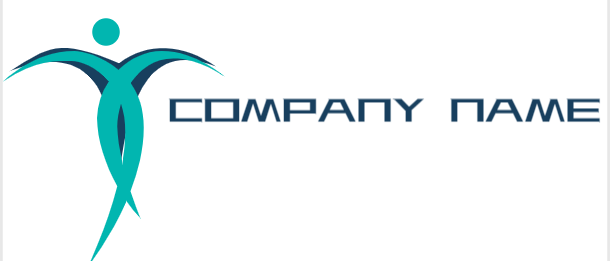Introduction
Pain management and relief are important aspects of physical therapy. Whether you’re recovering from an injury, dealing with chronic pain, or seeking relief from a specific condition, physical therapy techniques can provide effective solutions. In this blog post, we will explore some of the most common and effective physical therapy techniques for pain management and relief.
1. Manual Therapy
Manual therapy is a hands-on approach used by physical therapists to diagnose and treat musculoskeletal pain and dysfunction. This technique involves the skilled manipulation of joints, muscles, and soft tissues to improve mobility, reduce pain, and promote healing. Manual therapy techniques may include:
- Joint mobilization: Gentle movements applied to the joints to improve mobility and reduce pain.
- Soft tissue mobilization: Techniques that target muscles, tendons, ligaments, and fascia to release tension and promote healing.
- Myofascial release: Applying sustained pressure to the myofascial connective tissues to alleviate pain and restore range of motion.
Manual therapy can be highly effective in relieving pain and improving function, especially when combined with other physical therapy techniques.
2. Therapeutic Exercises
Therapeutic exercises are an integral part of physical therapy for pain management and relief. These exercises are specifically designed to target the affected area and improve strength, flexibility, and stability. The goal is to restore normal movement patterns and reduce pain. Some common therapeutic exercises include:
- Stretching exercises: These help improve flexibility and reduce muscle tightness, which can contribute to pain and discomfort.
- Strengthening exercises: These focus on building strength in the affected muscles to support the injured area and prevent further pain or injury.
- Cardiovascular exercises: These exercises, such as walking or swimming, help improve overall fitness and promote circulation, which aids in pain relief and healing.
Therapeutic exercises are typically tailored to the individual’s specific needs and condition, ensuring a targeted approach for pain management and relief.
3. Electrical Stimulation
Electrical stimulation is a technique that uses electrical currents to stimulate nerves and muscles. It can be used to manage pain, reduce muscle spasms, and improve muscle strength. There are different types of electrical stimulation, including:
- Transcutaneous Electrical Nerve Stimulation (TENS): This involves applying electrodes to the skin near the affected area to deliver low-voltage electrical currents that help relieve pain.
- Neuromuscular Electrical Stimulation (NMES): This technique uses electrical currents to stimulate specific muscles or muscle groups, helping to improve strength and function.
Electrical stimulation is a non-invasive and safe method that can be used in conjunction with other physical therapy techniques to enhance pain management and promote healing.
Conclusion
Physical therapy techniques offer a wide range of options for pain management and relief. From manual therapy to therapeutic exercises and electrical stimulation, these techniques can effectively reduce pain, improve function, and promote healing. If you’re experiencing pain or seeking relief from a specific condition, consult with a physical therapist to determine the most appropriate techniques for your needs. With the help of a skilled physical therapist, you can regain control over your pain and improve your quality of life.

